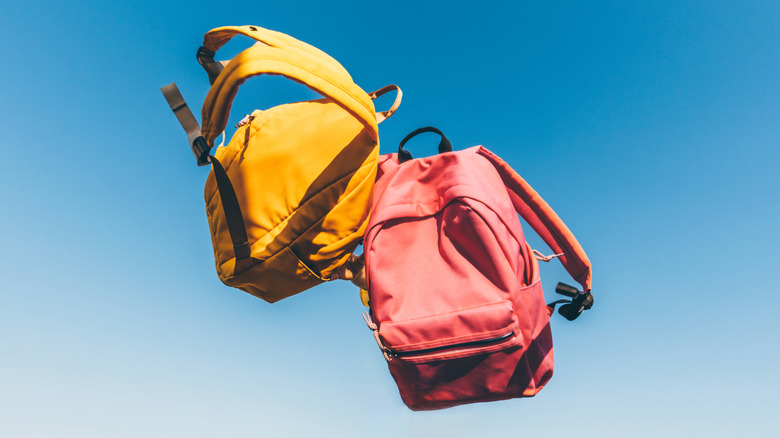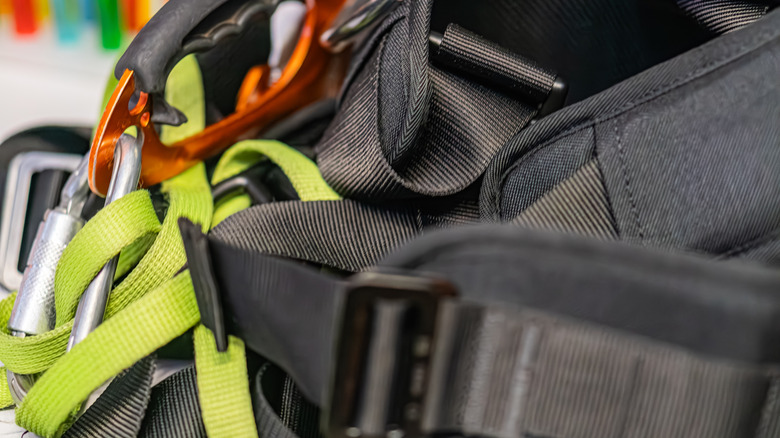What Are The Loops On Backpack Straps For?
Available in many different designs, sizes, and materials, backpacks are one of the most popular types of bags today. Made to be durable enough for daily use, it can last several years, while its versatility allows it to be used for school, work, sports, and travel. A backpack is made up of several parts, and depending on the type, it can include handles, straps, the main compartment, an internal pocket, zippers, and piping. A curious feature found on backpacks are the loops on its straps. These loops, while looking unremarkable, actually serve an important purpose by serving as an attachment point for other items.
Known as gear loops, these are located in the backpack straps and are where different objects and equipment can be fastened and secured. These include heavy objects, like water bottles, and sports equipment, stored outside the bag itself. There are several types of loops on backpacks; some of the common ones are the haul loop, which is used to lift the bag, and the compression straps, which squeeze the bag to make it smaller. The daisy chain where carabiners are attached — the rear loading straps — are where bigger kits, like sleeping bags and tents, are placed, and finally the ice axe loop are where tools can be secured.
Using backpack loops helps save space in its interior and allows easy access to frequently used items. Loops and straps will vary depending on the type of backpack, with outdoor ones built for rugged use having more, while tech backpacks for storing and carrying gadgets are more streamlined and have less. Lastly, another use for the loops is to customize the backpack by adding accessories like keychains and flashlights.
Practical way to carry belongings
Backpacks have been used for a long time, with the earliest known example found with the remains of a prehistoric iceman called Ötzi, dating from 3,300 B.C. By the time of the Industrial Revolution, improvements in manufacturing processes allowed different kinds of backpacks to be made using new materials, including canvas, leather, and rubber. An important development for backpacks was when Ole Bergan, a Norwegian inventor, created a wooden frame with a curved ergonomic design.
Today, backpacks have become more specialized, with some, like the Razer Rogue 16 Backpack V3, built primarily to store laptops. Unlike regular backpacks, a dedicated laptop backpack has a special, cushioned compartment or sleeve and has ergonomic straps and back panels for comfortable weight distribution. Another type of backpack is even more advanced; these smart backpacks, like the Bluetti Handsfree 2, which features a built-in battery pack, have integrated power banks or solar panels, where electronic gadgets can be charged via USB or other ports.
Using backpacks has several advantages, such as increased comfort, hands-free convenience. Leveraging the body's strongest muscles for support, backpacks can uniformly distribute weight across the shoulders and back. In contrast, other bag types like messenger, sling, and shoulder bags, which are placed on just one shoulder, can lead to unequal weight distribution and potentially cause back pain. Simple to use and maintain, its compartmentalized design provides organized storage, and its loops add more carrying options for other items, making backpacks the practical and convenient bag option.

